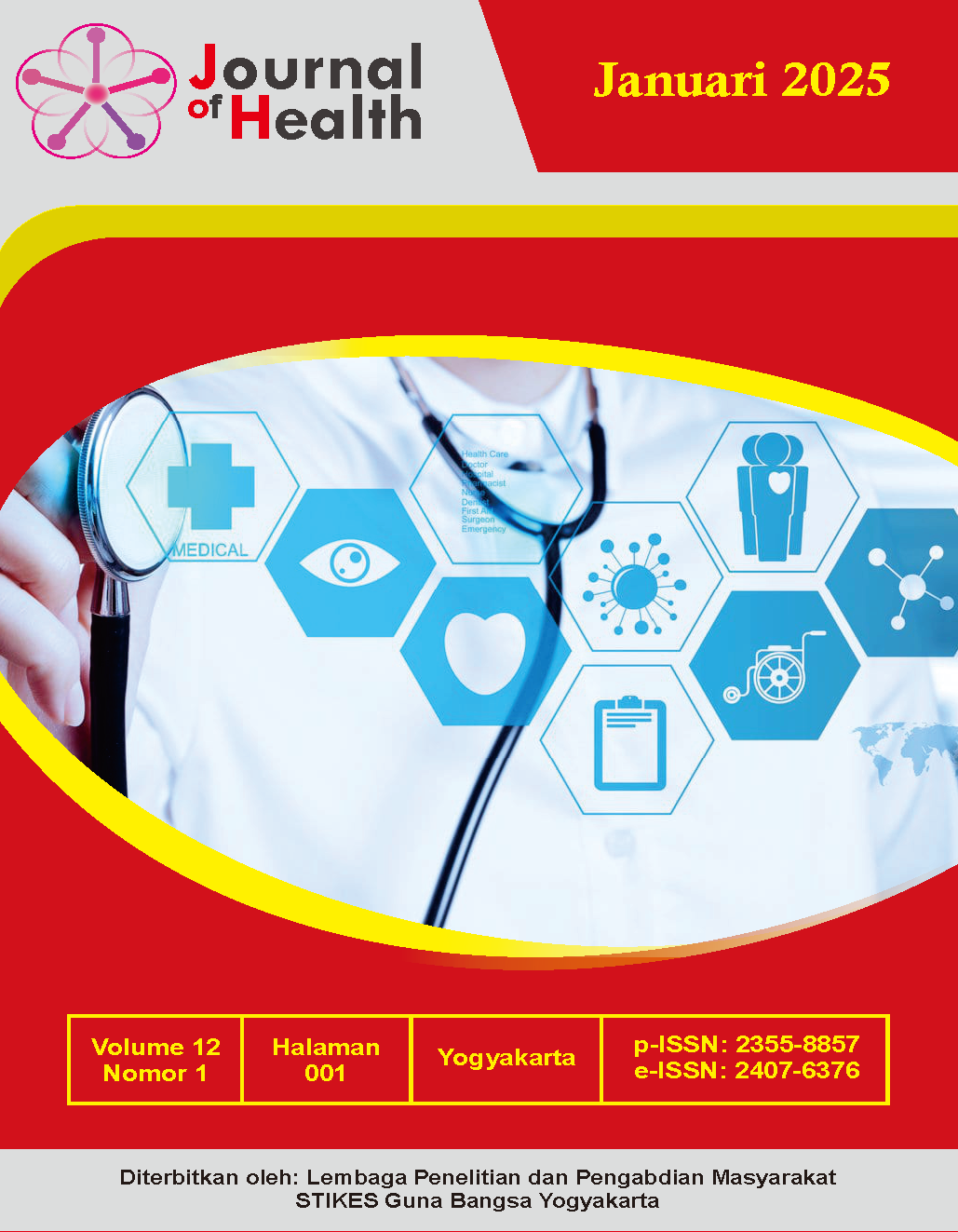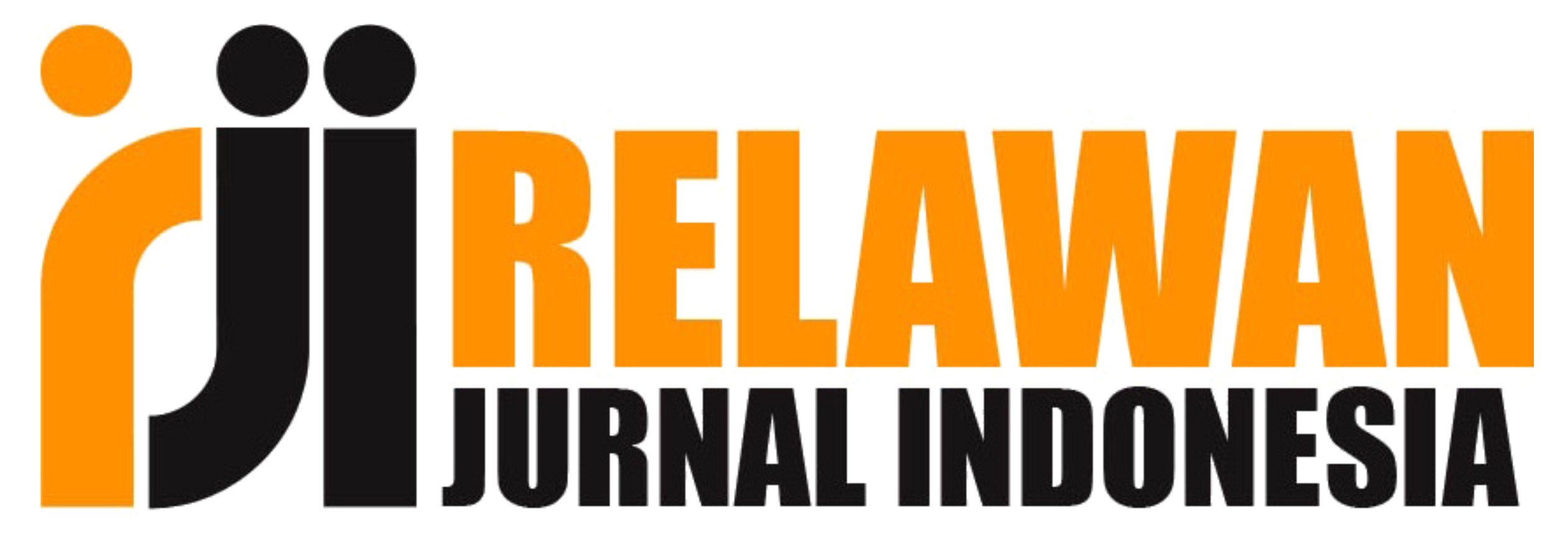Optimation of Head MSCT Examination in Cases of Mild Head Injuries
Optimation of Head MSCT Examination in Cases of Mild Head Injuries
Abstract
Mild Head Injury (MIH) with a Glasgow Coma Scale (GCS) score of 13-15, has symptoms of temporary loss of neurological function, mild to severe headache and vomiting, CT-Scan examination is performed if there are signs of skull fracture and vomiting more than once. MSCT examination of the head at the Radiology of Salatiga City Hospital uses a scan area from the vertex to the mandible. The purpose of this study was to determine the effectiveness of Head MSCT examination in mild head injury cases. The research method used was descriptive qualitative method with a case study approach. The study was conducted in November 2023 at Salatiga Regional Hospital using MSCT scan patients of MIH head cases. The respondents included three radiographers, one radiology specialist and one referring doctor. The results showed that the MSCT scan examination of the head of MIH cases at the Radiology Installation of Salatiga City Hospital uses a scan area from the mandible to the vertex to determine the overall anatomy of head trauma patients and can provide information if there are abnormalities in the mandible area, abnormalities in the face bone area to the vertex area. The conclusion of this study is that Head MSCT examination is effective for mild head injury cases because it is able to show bone conditions in more detail than examinations using other modalities.
Downloads
Copyright (c) 2025 Dyah Ayu Puspitaningtyas, Alfian Danie, Muhammad Fa’ik

This work is licensed under a Creative Commons Attribution 4.0 International License.
Authors who publish with this journal agree to the following terms:
- Authors retain copyright and grant the journal right of first publication with the work simultaneously licensed under a Creative Commons Attribution License (CC-BY), that allows others to share the work with an acknowledgment of the work's authorship and initial publication in this journal.
- Authors are able to enter into separate, additional contractual arrangements for the non-exclusive distribution of the journal's published version of the work (e.g., post it to an institutional repository or publish it in a book), with an acknowledgment of its initial publication in this journal.
- Authors are permitted and encouraged to post their work online (e.g., in institutional repositories or on their website) prior to and during the submission process, as it can lead to productive exchanges, as well as earlier and greater citation of published work (See The Effect of Open Access).












